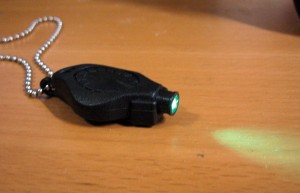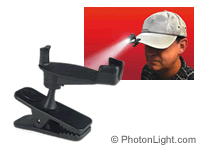If you’re a stage manager, maybe something like this has happened to you:
You’re out at dinner with your cast or crew, and at the end of the meal everybody is paying with credit cards and the waiter drops off the receipts and doesn’t have, or forgets to leave, a pen. Then everybody looks at you — and this is one of those evenings, you’ve dropped all your stuff at the hotel or whatever and are enjoying the rare opportunity to just go somewhere without lugging all your crap — and you don’t have a pen. And then everyone else at the table is like, “What? A stage manager without a pen?”
You may mutter something about not being at work, but then secretly you spend the rest of the outing suspecting that you may be a failure as a human being because you are at once a stage manager, and not within reach of a pen 24 hours a day.
This exact event has happened to me a lot in life, but as a kid who used to wear a pocket protector in my Catholic school uniform shirt (simultaneously with a fanny pack, while lugging an overstuffed backpack as big as me), I have fought hard to convince myself that it’s OK not to carry the kitchen sink on my person at all times.
Recently the above situation happened several times in one week, and aside from the embarrassment, the actual inconvenience of not having a pen started to get to me, and I decided that it’s time for me to suck it up and carry a pen everywhere I go. I already knew which pen it would be, one that I already purchased for this purpose years ago, but didn’t adopt steady use of.

Ever since I forced myself to start carrying it all the time, I have been surprised how many times it’s come in handy. Sometimes I forget I’m carrying it, and it’s been very exciting to discover, “wait, I do have a pen!”
I don’t want to recommend a specific pen too strongly, any compact pen would be better than none, but this one is a very good choice. It’s very small and smooth so it fits comfortably in the corner of my front pants pocket, it has a clip so it won’t fall out, and it’s a matte black so you can always be wearing it, even in show blacks. It’s very small when the cap is on, but very well constructed so that it is full sized and well balanced when you are writing with it.
Being a space pen, it can write for long periods against walls and at other odd angles you sometimes end up needing to write on backstage, as well as on wet paper (such as drawing on a cocktail napkin when having a debate with your crew), in extreme temperatures, and, if your show should be going on a really expensive, really long-distance tour, in space.








